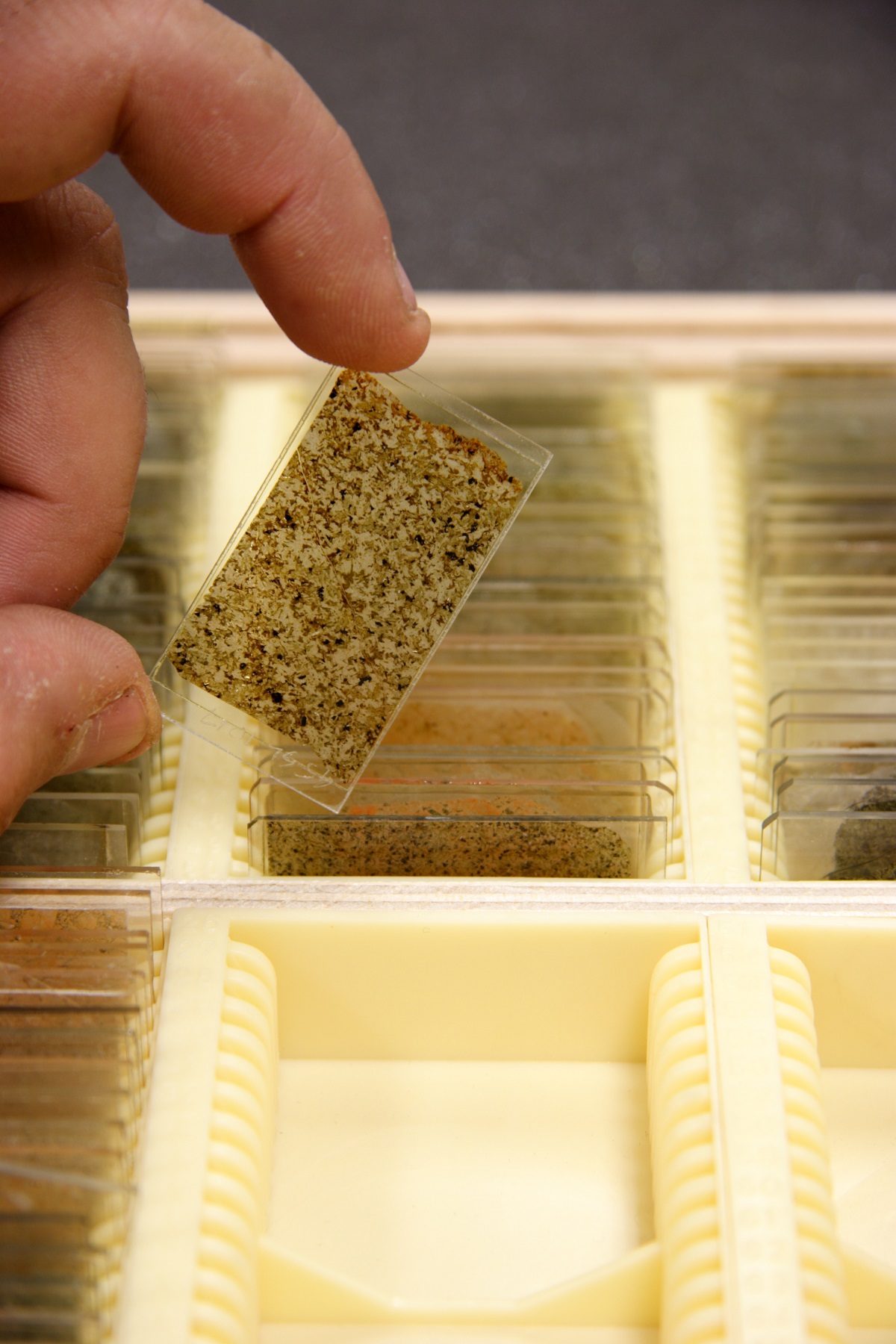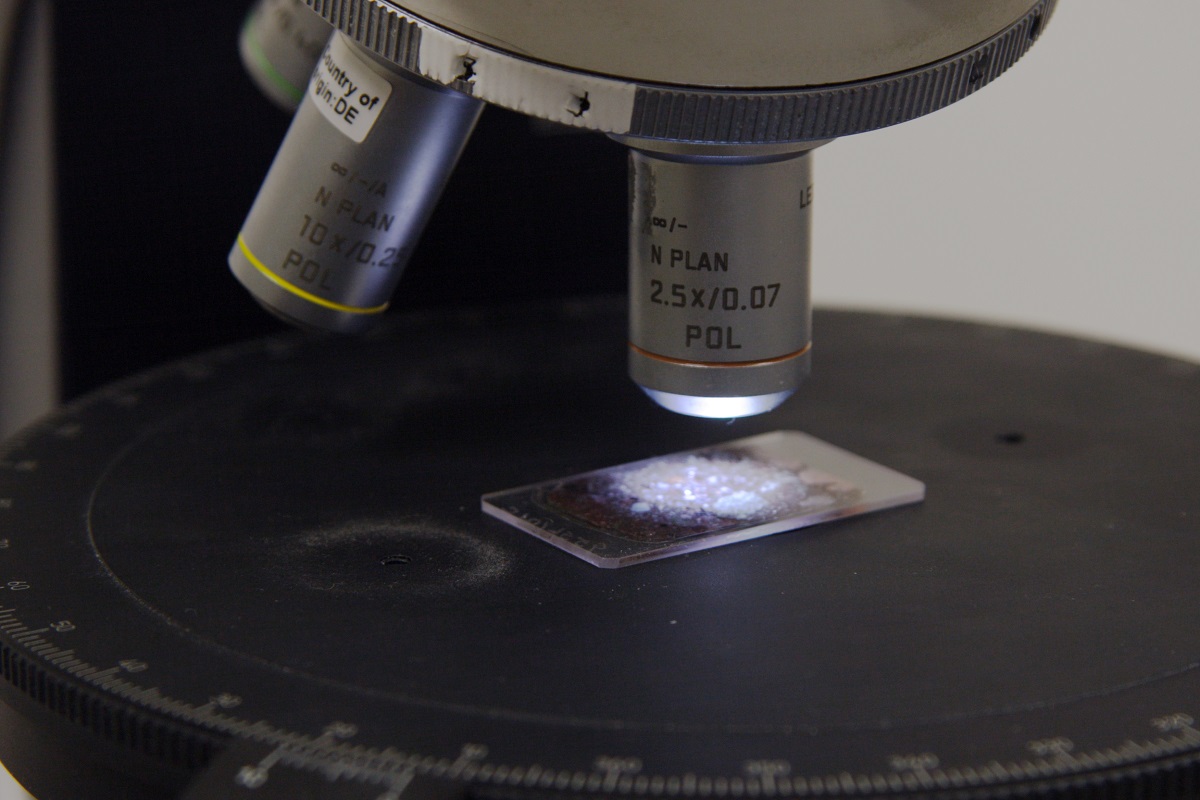Common Applications of Thin Sectioning
 A rock on the side of the road or a chipping of concrete can hide many secrets. The color, shape, and weight can give you a lot of information about the material, but not about what makes it up. You need thin sections for that.
A rock on the side of the road or a chipping of concrete can hide many secrets. The color, shape, and weight can give you a lot of information about the material, but not about what makes it up. You need thin sections for that.
Thin sectioning is a process where you can prepare a hard material for microscope. It’s a complicated process that involves cutting a rock with diamond saw and grinding the material to a fine flat sliver. Once it is placed under the microscope, the  thin section can be used to determine the properties and composition of the material it was taken from.
thin section can be used to determine the properties and composition of the material it was taken from.
A Close Shave
Thin section processing doesn’t always produce easily transparent material. After all, rocks are generally opaque. A thin section preparation service must make the sections as thin as possible without damaging the section. You wouldn’t want some of the composition to be lost due to excessive grinding.
In some cases, the material composition can let very little light through the thin section. Optical properties of minerals are properties that can be gleaned from the intense light of microscopes. By looking for characteristic colors, opaqueness, and refraction, you can identify most elements and compounds. When used to look at fossils, thin sectioning lets researches identify even organic properties of life long ago.
The diversity of the material can tell you many things about the rock. It can tell you where it’s from, how it developed, and what you might find in the natural world around the material. That’s only one small part of what you can learn.
Commercial Applications
Thin section preparation service can be used for commercial purposes. If you’re looking for a location to construct a building, you can use thin sections from the rocks nearby. They could tell you what kind of rocks may be nearby and possible obstructions you could encounter.
Concrete analysis is a common application of the technology. Thin sections taken from a bridge can tell investigators whether the concrete material was adequate or not. It can also show the gradual wear and tear in a concrete foundation. In this way, thin sectioning helps keep roads and building safe.
 Material Analysis
Material Analysis
A close analysis of a thin section can reveal what location a rock is from, whether that’s on Earth or somewhere much more alien. The process of thin sectioning and subsequent examination of asteroids has been performed often. It helps show what the asteroid was like. You can sometimes use thin sectioning to determine the age of the asteroid and where it may have come from. A close look can reveal compositions that would be common on the moon or maybe somewhere much farther away.
Similarly, we can use thin sections to study Earth’s composition. You can learn about the history of our Earth, the tectonic plates, and the distant impacts with meteors. Finding the optical properties of an asteroid and how similar or different it is to Earth’s can tell us a lot about how the planets were formed.
While the process of thin sectioning is used primarily for concrete, soil, and meteorite analysis, thin sectioning can be done on other types of rocks too. In fact, there isn’t a rock out there that would be too hard for sampling. Thin section preparation has revealed so much information about the world around us. Under the microscope, there’s so much to learn. You can learn more about the technology and other petrographic technologies by visiting our  website.
website.






